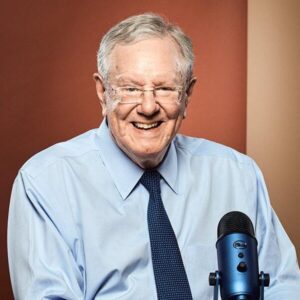In '74, a lot of stations were still dealing with old Audimax and Volumax units.Re: FM audio processing - in 1974 I was listening to KBEQ FM (song: Bennie and the Jets), their audio processing caused the midrange and treble to drop noticeably in volume when the bass notes at the beginning of the song occurred (I didn't notice this anomaly on KIIK FM).
I would think this type of (mis)adjustment wouldn't have happened this late in radio broadcasting.
Kirk Bayne
Mike Dorrough's early six-band processing units were around 1976 (we borrowed one for long-term testing at KUKI in Ukiah). That was the same time that Bob Kanner built home-made nine-band units for the RKO stations (and processed the mic separately from the music).
Optimods came later than that.
Last edited:






